Perilla leaf, known as kkaennip in Korean, is a staple in Korean cuisine. It is often likened to a mix of basil and mint. Its unique flavor, a blend of nutty and slightly minty notes, makes it an essential ingredient for enhancing various dishes. This leafy green is versatile, used in everything from wraps and barbecues to pickles and kimchi.
When cooking with perilla leaves, you can use them whole or shredded, depending on the dish. They're great in ssam wraps for adding that fresh, herby punch, or you can marinate them to serve as a flavor-packed side dish.
Some popular preparations include marinating them with soy sauce and gochujaru or making a savory pancake known as jangtteok.
In addition to their culinary uses, kkaennip are often pickled, transforming their texture and flavor. Pickled perilla leaves are a common side dish in Korean households, adding a tangy and spicy kick to the meal.
Whether fresh or pickled, perilla leaves offer a distinctive taste you shouldn't miss in your next Korean cooking adventure.
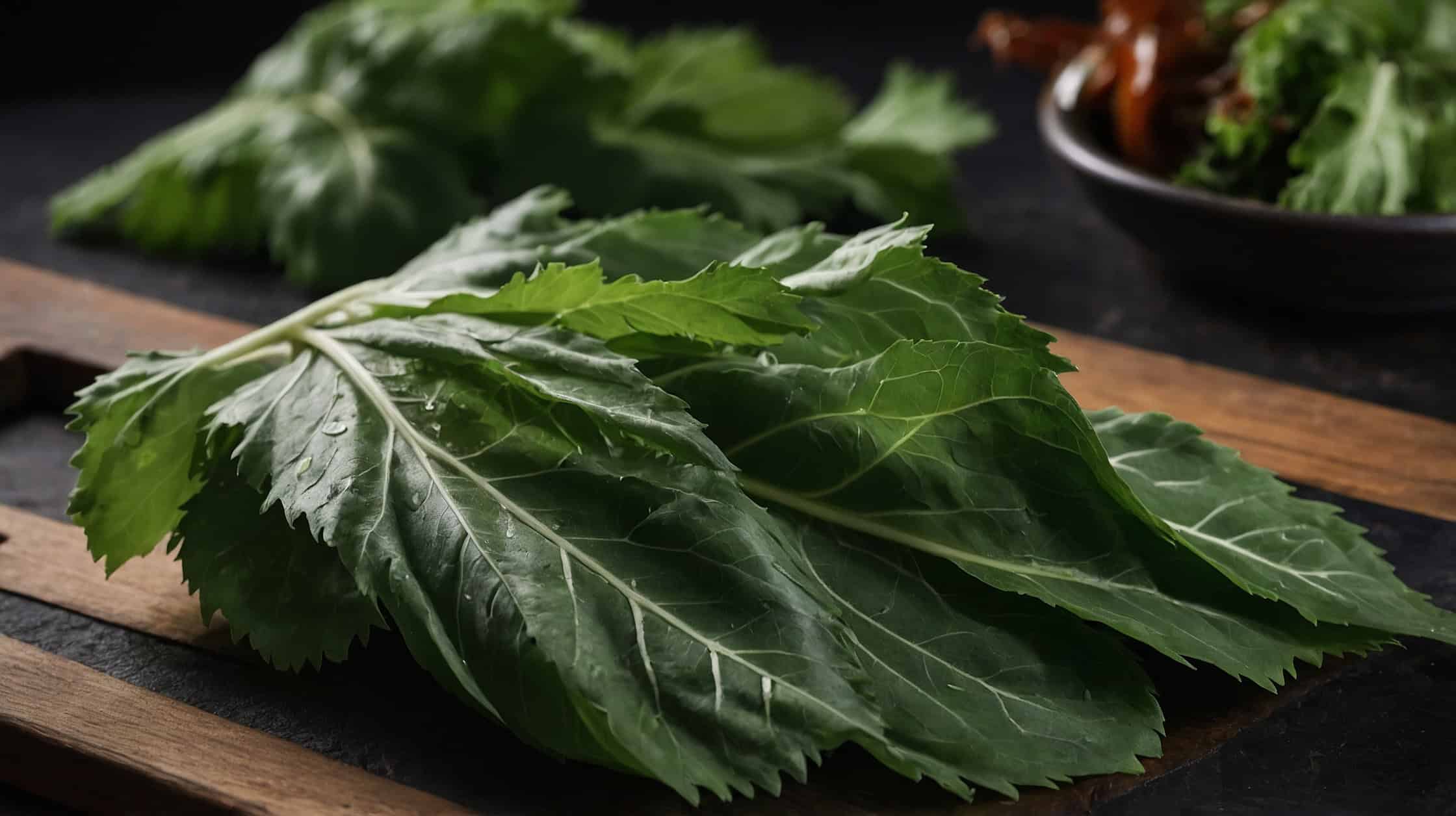
Jump to:
🍃 Botanical Profile
Family and Nomenclature
Perilla belongs to the mint family, scientifically known as Lamiaceae. This family includes many culinary and medicinal herbs, such as basil, mint, and oregano. The botanical name for perilla is Perilla frutescens.
In Korean cuisine, perilla is known as kkaennip, which translates to wild sesame leaf. Despite this name, perilla has no direct relation to the true sesame plant. In Japan, the herb is called shiso and is available in both green and purple varieties.
Comparison With Other Mint Family Members
While perilla is part of the mint family, it has unique characteristics. Its flavor profile combines hints of star anise, licorice, and mint, making it distinct from its relatives. Mint, for example, has a straightforward menthol flavor, while basil has a sweet, peppery taste.
Perilla is often used in Asian cuisines for wraps and marinades. Basil is more common in Mediterranean dishes, and mint is widely used in desserts and drinks. The leaves of perilla are larger and more textured than standard mint leaves, adding a unique texture and flavor to dishes.
These distinct traits make perilla an essential herb in culinary applications, setting it apart from other mint family members. It's versatile and can be used fresh and pickled in various dishes.
🧑🍳 Culinary Uses
Traditional Korean Cuisine
In Korean cooking, perilla leaves are often used in wraps known as ssam. These wraps typically include grilled meats such as bulgogi and rice, enveloped in a fresh perilla leaf.
Perilla leaves are also a key component in kimchi and jangajji, where they’re marinated or pickled with ingredients like soy sauce, garlic, and gochujaru (Korean chili flakes). These side dishes, or banchan, add flavor to any meal.
Another popular dish is bibim guksu, cold noodles mixed with spicy sauce and shredded perilla leaves, giving it a minty touch. You’ll also find perilla leaves in soups, where their unique taste enhances the broth.
International Culinary Influence
Perilla leaves have become a staple in international kitchens as chefs explore their flavor and versatility. Although they come from different plants, they are often compared to sesame leaves.
You’ll see them in fusion dishes like sushi rolls, similar to gimbap, where their peppery, minty taste adds an unexpected twist. In other creative uses, they are blended into pesto or used as garnish for various dishes.
Perilla leaves are even used in some Italian and Southeast Asian recipes, showcasing their adaptability. Their crisp texture and vibrant flavor make them perfect in salads and as a fresh topping for grilled meats or rice bowls.
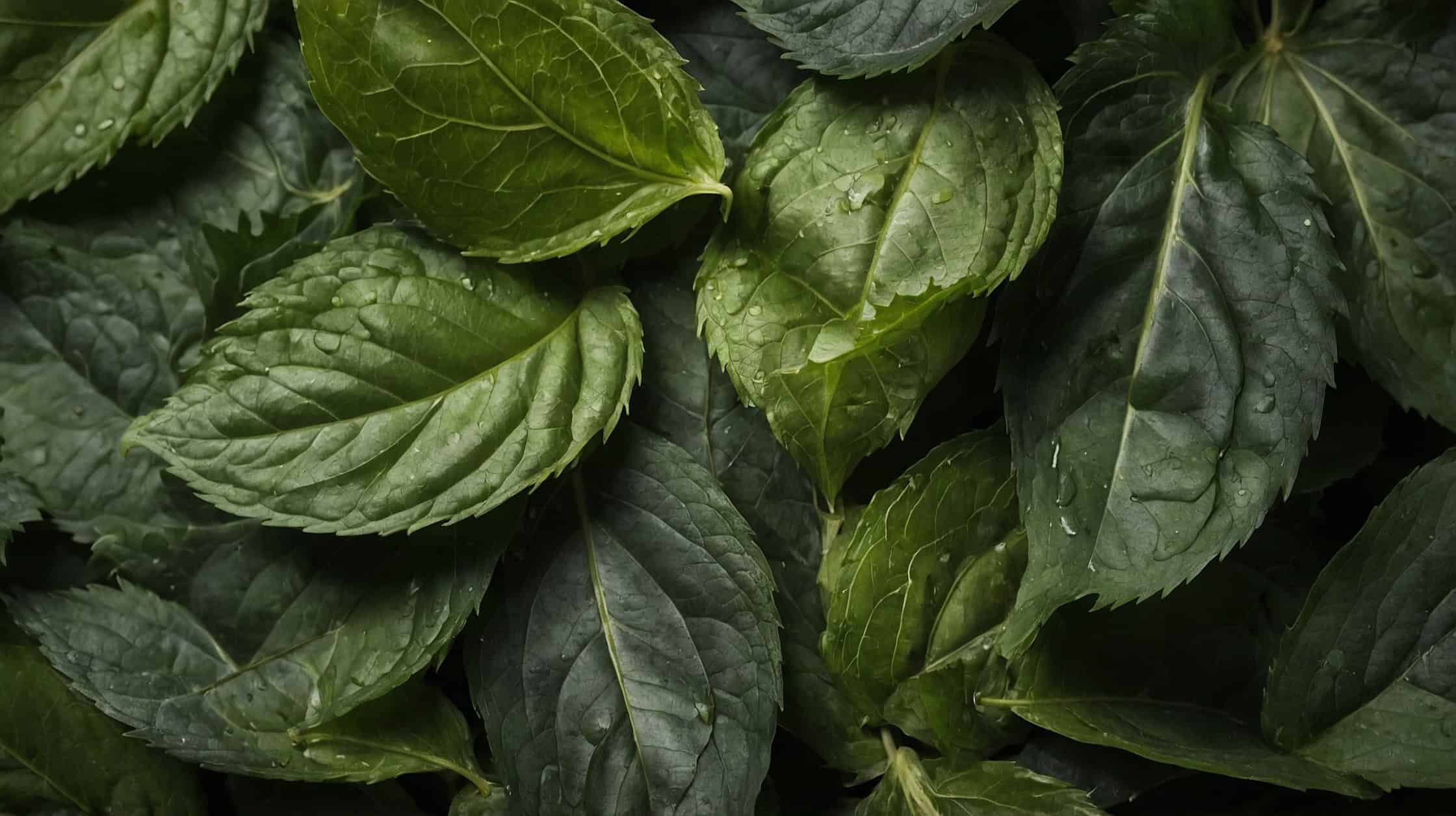
🩺 Health Benefits
Nutrient Content
Perilla leaves are packed with essential nutrients that contribute to good health. They contain vitamin C, which helps boost the immune system. The leaves also provide a good amount of fiber, which aids digestion and helps maintain a healthy gut.
Another key component of perilla leaves is perilla oil, which is high in omega-3 and omega-6 fatty acids. These fats are crucial for brain health, reducing inflammation, and supporting heart health.
Perilla leaves also contain calcium, iron, and potassium, which help with bone health and muscle function. Their antioxidant properties can protect cells from damage caused by free radicals.
Dietary Significance
Incorporating perilla leaves into your diet can offer various health advantages. Their anti-inflammatory and antioxidant properties benefit people suffering from conditions like arthritis. The omega-3 fatty acids in the leaves also support heart and brain health.
Perilla leaves contain compounds that can help reduce inflammation, protect against oxidative stress, and boost the immune system. These properties make perilla leaves an ideal meal addition for those looking to enhance their overall wellness.
Recipes often use perilla leaves in pickled forms, such as kkaennip jangajji, soaked in soy sauce or seasoned with spices. This enhances their flavor and makes them a versatile ingredient in Korean cuisine.
🔪 Preparation and Storage
Preparation Techniques
Start by washing perilla leaves under running water to remove dirt. Use a colander to drain the excess water.
Lay the leaves flat to dry, or use paper towels to pat them dry gently. Minced garlic, soy sauce, and vinegar are essential ingredients. Mix these with some sugar, gochujaru, and oil to create a marinade.
Layer the leaves in a container, adding the marinade between each layer. Ensure even coating, which enhances the flavor. Add thinly sliced onions and green onions, along with toasted sesame seeds for garnish. Let them sit for about an hour before serving or storing.
Experiment with variations like perilla kimchi. Using kkaennip jangajji as a model, you can adjust ingredients such as Korean chili flakes and basil to taste.
Storage Tips
Prepared perilla leaves should be stored in an airtight container. The lid should be tightly sealed to maintain freshness. The container should be placed in the refrigerator.
If stored properly, they'll stay fresh for several weeks. Keep the marinade covering the leaves to retain their flavor and prevent them from wilting. If possible, use smaller containers to reduce air exposure.
Avoid keeping them at room temperature for long, as this can spoil the leaves. For long-term storage, you can freeze the pickled leaves. Separate layers with parchment paper to prevent sticking. Always label containers with the date to monitor freshness.
Properly storing perilla leaves ensures you can enjoy their spicy and aromatic taste anytime.
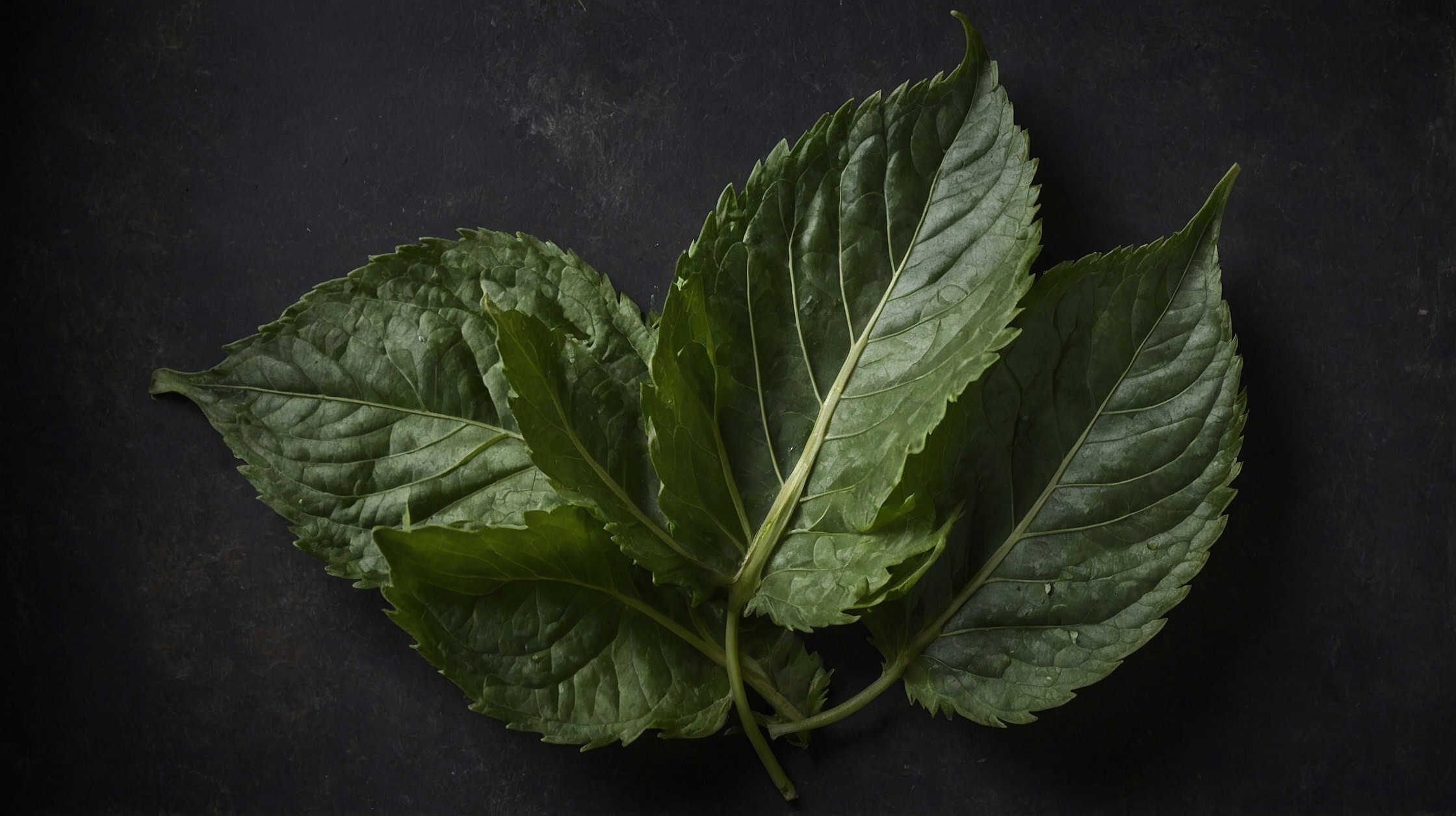
🥣 Cooking Tips and Tricks
Enhancing Flavors
Incorporate ingredients like sesame oil, soy sauce, and garlic to enhance the flavors of perilla leaves. A simple marinade with sesame oil and soy sauce can make the leaves savory and aromatic. Adding gochujaru (Korean red pepper flakes) gives them a spicy kick.
Perilla leaves can be used in various dishes, such as soups, stews, and barbecue wraps. Chop them finely and sprinkle them on top of a soup like doenjang jjigae, or add them to a stewing pot for added depth.
Roasting the stems of perilla leaves can also add a smoky flavor. They can be an interesting addition to pickled recipes, adding a unique twist to traditional Korean pickles.
Preservation Techniques
Proper preservation techniques ensure that the perilla leaves stay fresh and flavorful. Store them in a plastic bag with a damp paper towel to keep them crisp. This helps maintain their moisture.
For longer preservation, consider pickling the leaves. Mixing soy sauce, vinegar, and Korean fish sauce will keep them tangy and fresh.
Some prefer to freeze the leaves. Before doing so, wash and dry them thoroughly, then stack them with sheets of wax paper in between. Place the stack in an airtight container or resealable plastic bag.
Serving Suggestions
Perilla leaves are versatile and can be enjoyed in numerous dishes. They make excellent wraps for barbecue meats, adding a minty and slightly licorice-like flavor. For a vegan option, wrap in tofu or vegetables.
Incorporate them into jangtteok (savory Korean pancakes) for a crispy, chewy delight. Use them in kkaennip jjim, a popular side dish where leaves are steamed and flavored with soy sauce and sesame oil.
Sprinkle roasted sesame seeds or chopped green onions on dishes featuring perilla leaves. This enhances the visual appeal and the taste, making them more appetizing.
🥳 Cultural Significance
Role in Korean Festivals and Holidays
During Korean holidays and festivals, kkaennip is commonly used in various dishes. For example, during Chuseok, known as Korean Thanksgiving, families prepare various foods, including perilla leaves. These are often turned into banchan, small side dishes accompanying the main meal.
Perilla leaves can also be found in celebratory meals, like Korean BBQ, which are used as wraps for meats like bulgogi. They're typically paired with kimchi and other condiments. The leaves bring a refreshing taste and aroma to the meal, enhancing the dining experience.
In addition, kkaennip is sometimes used in soups and stews during cold weather celebrations. This demonstrates its versatility in Korean cuisine and its importance in everyday and festive meals.
❓Frequently Asked Questions
Perilla leaves are rich in vitamins A and C, which support immune health. They also contain omega-3 fatty acids, which promote heart health. Additionally, these leaves have anti-inflammatory properties, which can help reduce inflammation in the body.
Perilla leaves can be used in Korean barbecue as wraps, adding flavor to the dish. They can also be pickled, made into kimchi, or added to soups for an aromatic twist. Use them fresh in salads or as a garnish for added nutrition.
Their unique taste—similar to a mix of basil and mint—fits well with many Korean dishes. They add a burst of flavor to dishes like ssam, where they wrap meats and vegetables. The leaves are also versatile, enhancing the taste and texture of traditional Korean meals.
The controversy often stems from their similarity to sesame leaves, leading to confusion. Some people find the strong aroma overwhelming. Also, there is occasional debate over their health benefits versus potential allergic reactions in certain individuals.

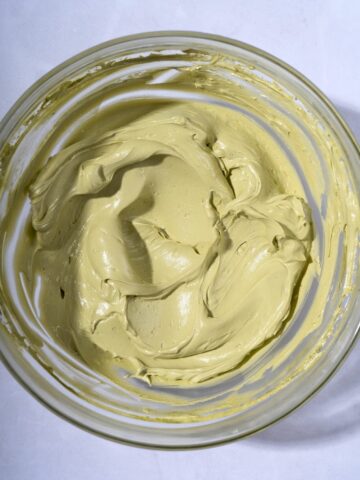
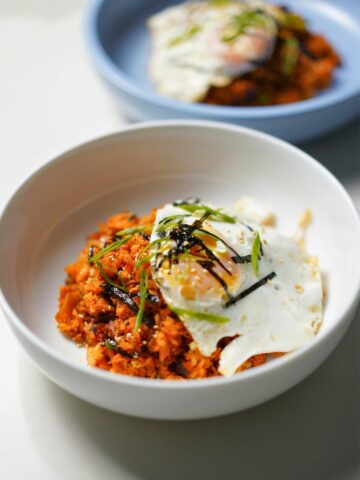
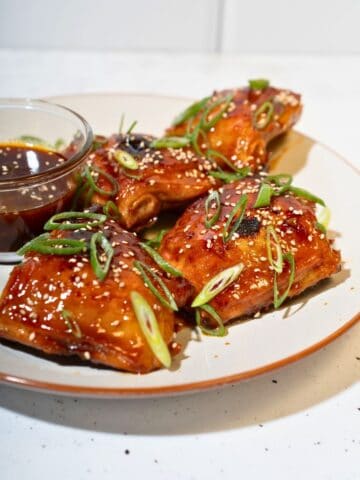
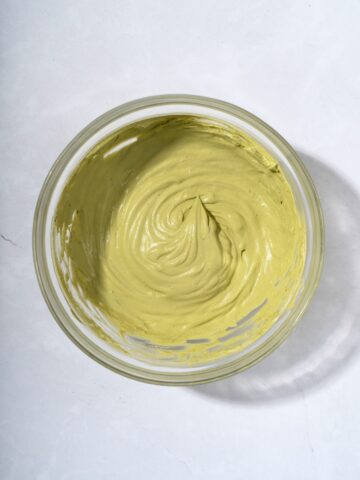
Comments
No Comments